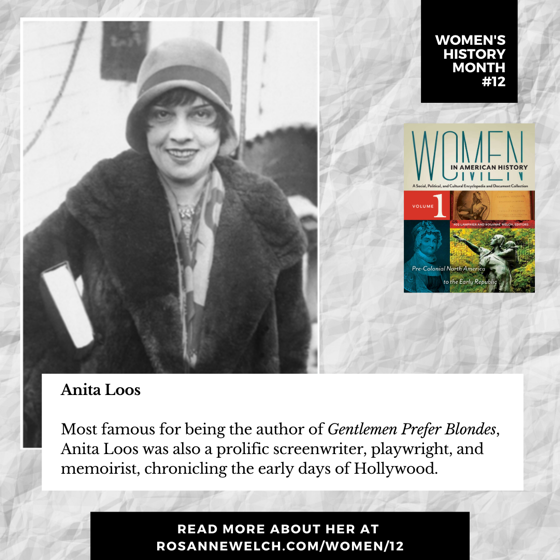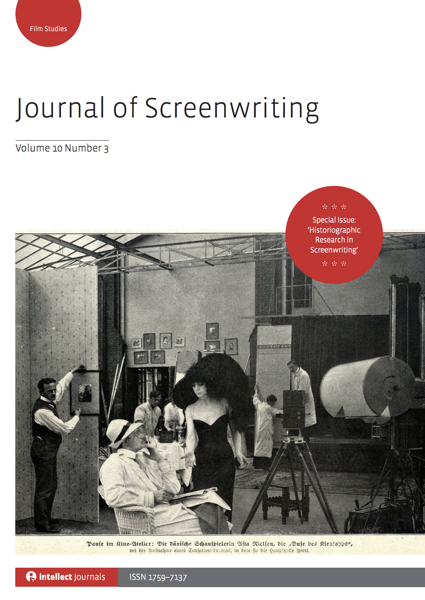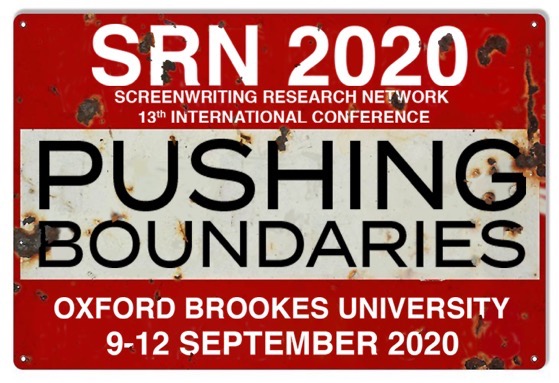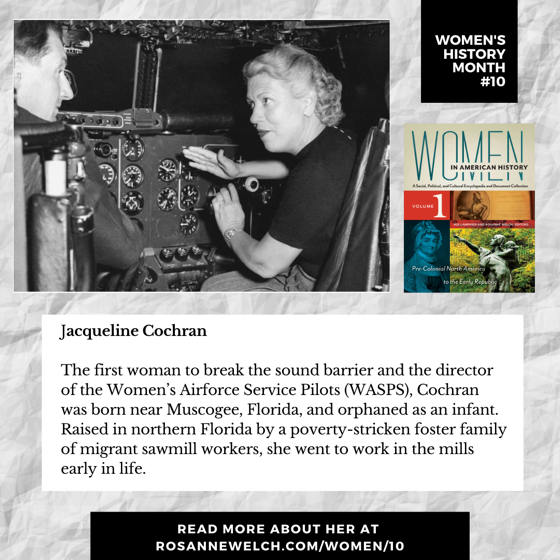The religious passion and antiwoman sentiment of 17th-century colonial North America reached its apogee in Salem, Massachusetts, during the infamous Salem Witch Trials. One victim of the trials, Bridget Playfer Waselby Oliver Bishop, was accused three times of being a witch and was hanged in 1692, the first victim of the Salem hysteria. The vast majority of people executed for witchcraft were women. Eighteen others followed Bishop to the hangman’s noose before the governor put a stop to it a few months later.
Learn more about Bridget Bishop
Learn about more Women In History with these encyclopedia from Dr. Rosanne Welch and Dr. Peg Lamphier
* A portion of each sale from Amazon.com directly supports our blogs
** Many of these books may be available from your local library. Check it out!
† Available from the LA Public Library




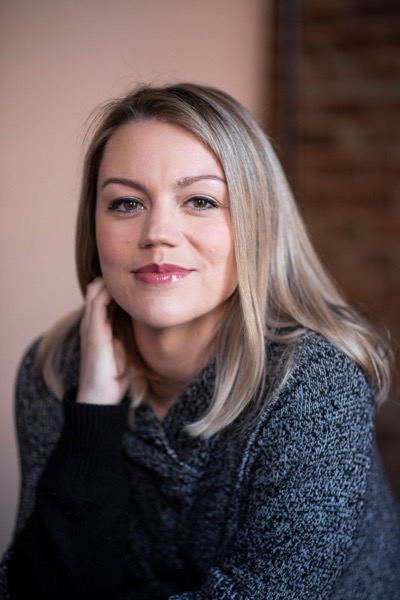
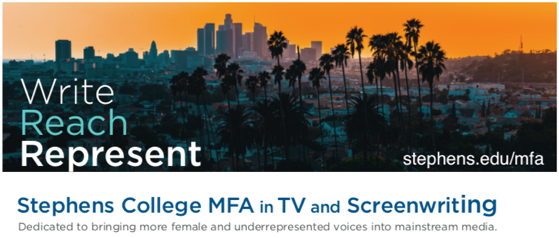
![02 Women and Horror Writing from When Women Write Horror with Dr. Rosanne Welch [Video] (45 seconds)](https://rosannewelch.com/wp-content/uploads/2020/03/rmw-cpp-horror-02.jpeg)
